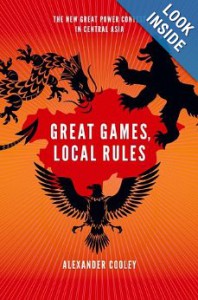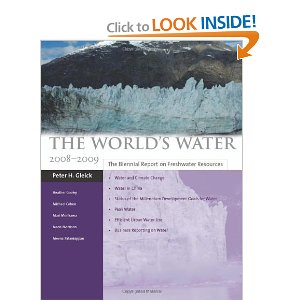
Alexander Cooley
3.0 out of 5 stars Neither the Book Nor the Other Reviews are Serious, September 16, 2013
I am in Afghanistan, where I spend my time thinking about all external and internal factors bearing on 2014, and I was greatly looking forward to reading this book. It arrived, I read it, and I am hugely disappointed. Judging by the long list of grants and stipends that the author names in the front of the book, I have to ask myself, how on earth did he ever arrive at such a sadly simplistic rendering of what is in essence the center of the world?
This book gets three stars from me because it fails across virtually every significant point of analysis — not that the facts are wrong — journeymen argue about facts, masters debate models and assumptions. I gave this book the benefit of my “first class” read, which is to say, I started with the index, the bibliography, and the notes. Here are reasons this book does not rise about the three star level:
01 No strategic model, no intelligence in the sense of decision support. Visit Phi Beta Iota the Public Intelligence Blog to learn everything that academics and think tanks have absolutely no clue about in relation to the evolving discipline of intelligence.
02 Afghanistan is a side show, not really included in the book in any substantive sense, nor is the author at all cognizant with the major tribes that bleed over the borders, the key personalities, etcetera. This is an anticeptic book that could easily have been written from an air-conditioned cubicle in the USA.
03 India gets 10 mentions, Iran 6, Pakistan 13, Turkey 5, and Saudi Arabia 3. Granted, the author is focusing his article in a hard cover (I have written longer monographs) on Russia, China, and the USA in relation to the ‘stans less Afghanistan — but this alone is grounds for disqualifying the book from any serious collection. The book is largely devoid of historical knowledge of the great game, and it is laughably empty when it comes to itemizing and explaining the local rules.
Continue reading “Review: Great Games, Local Rules: The New Great Power Contest in Central Asia”


